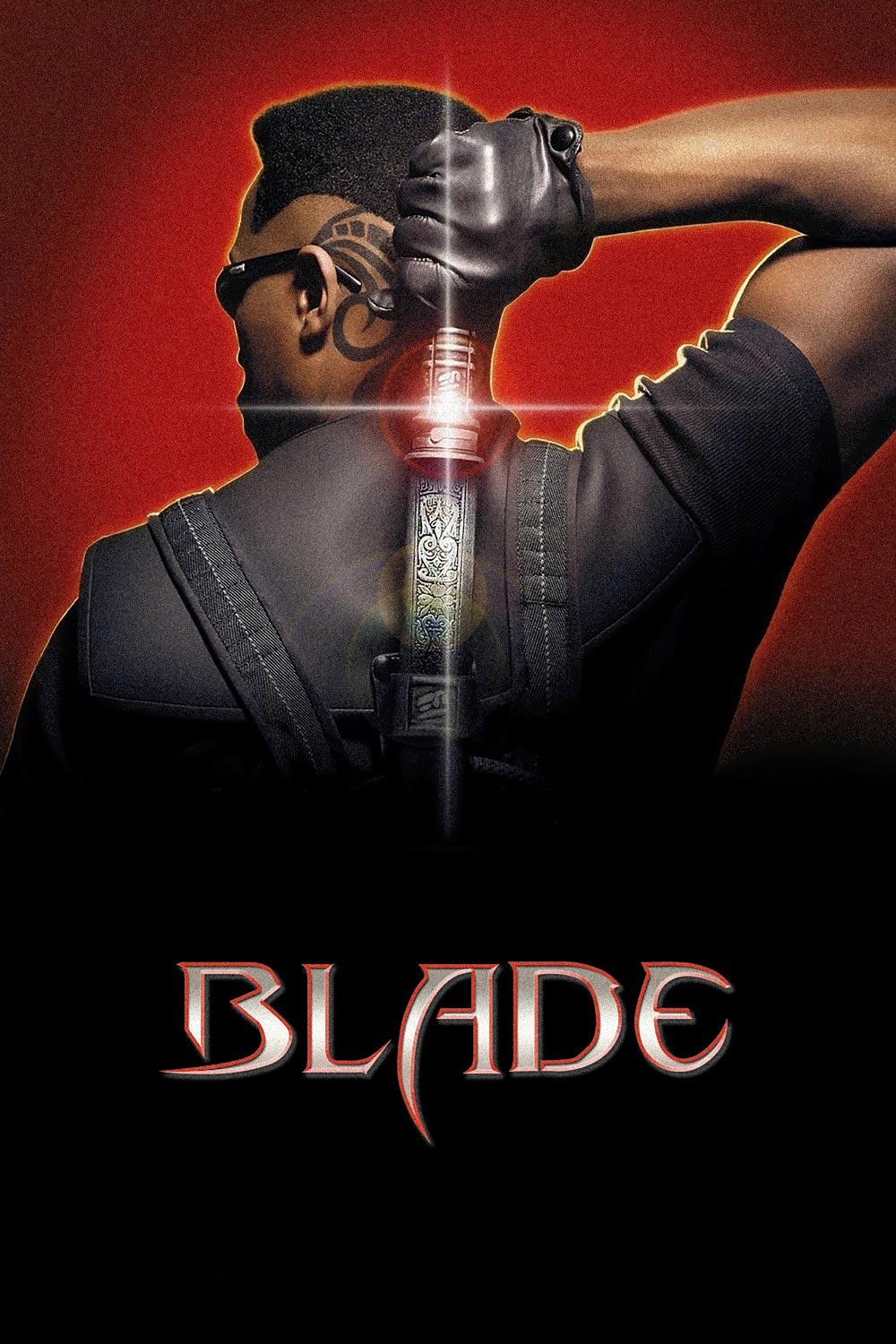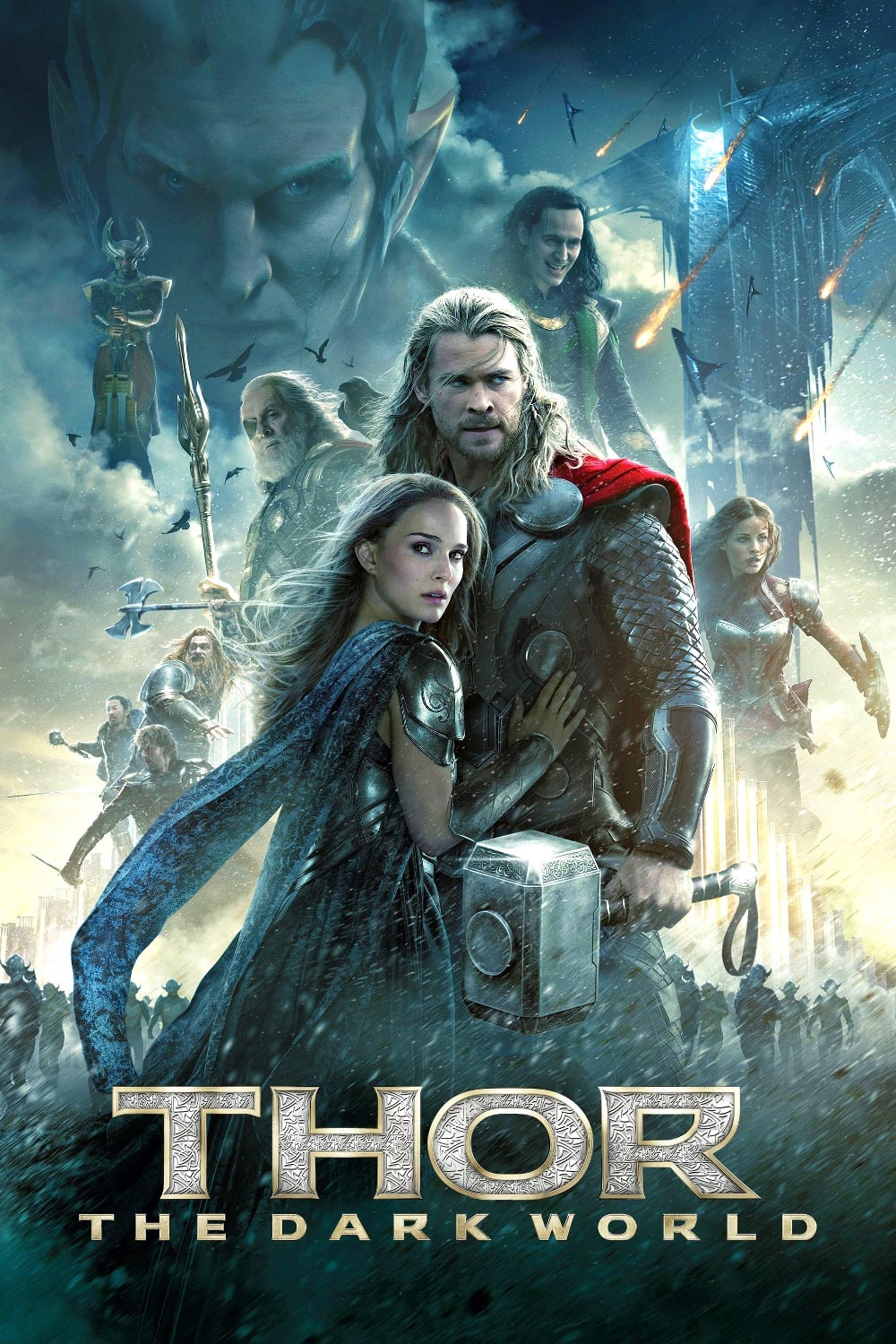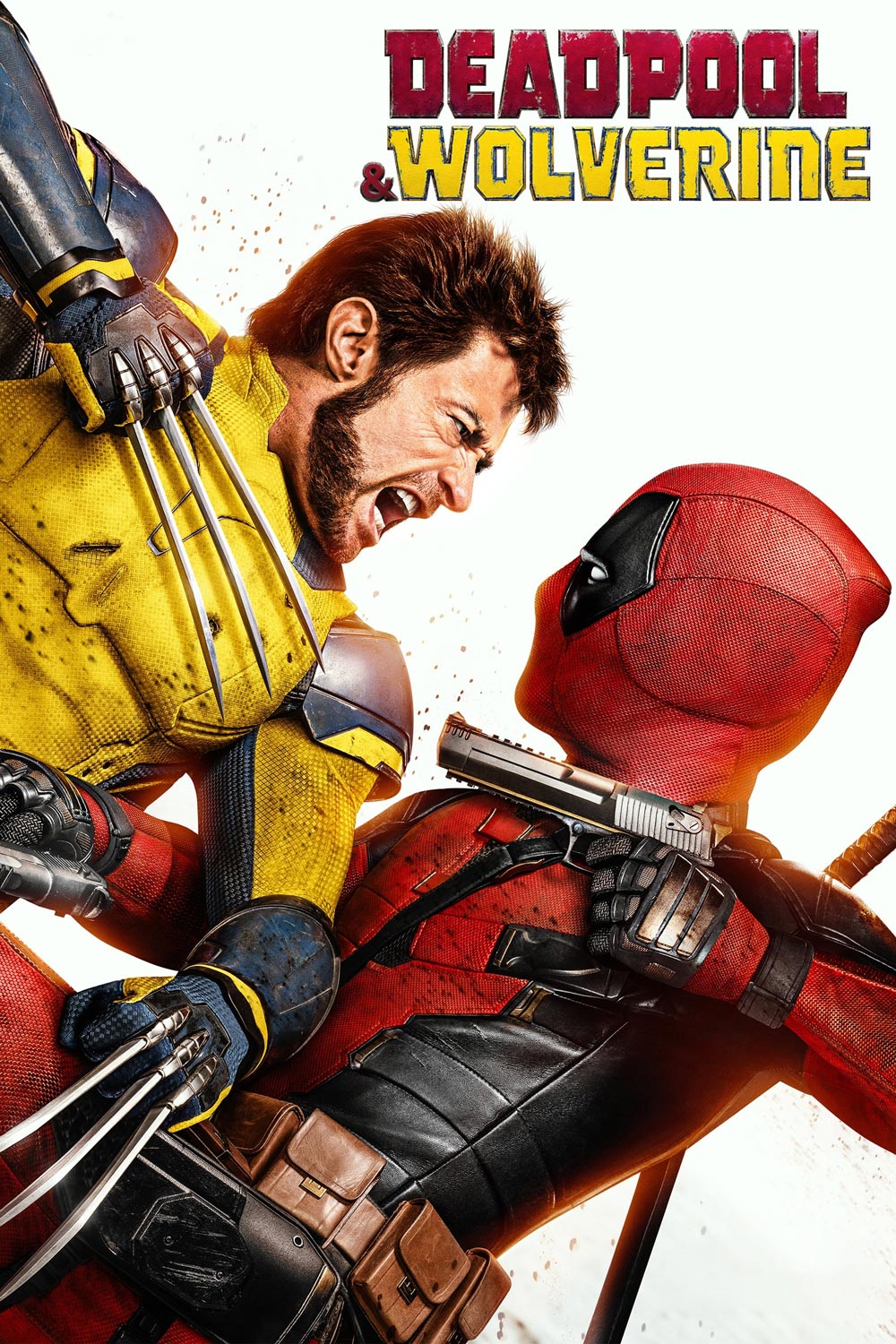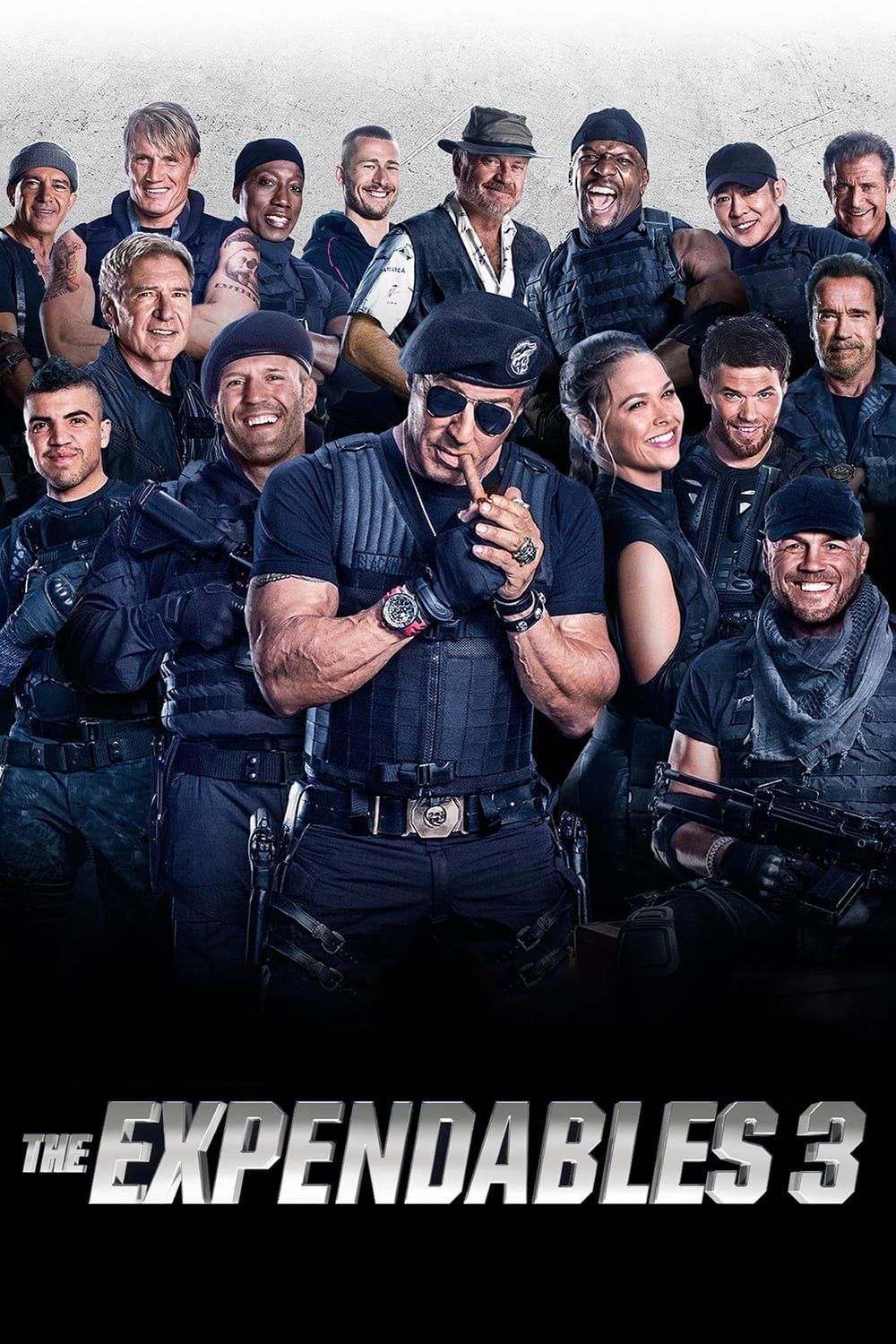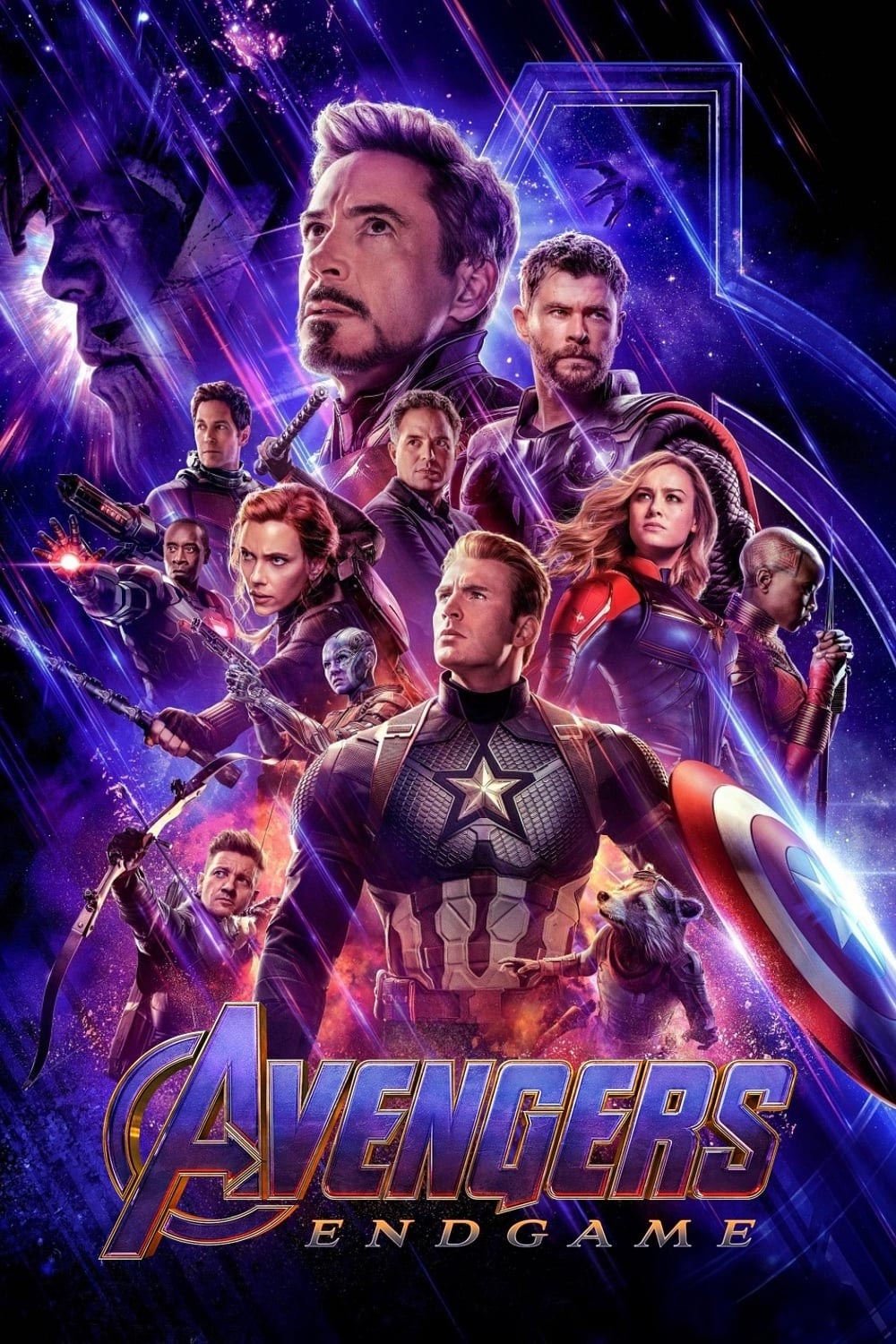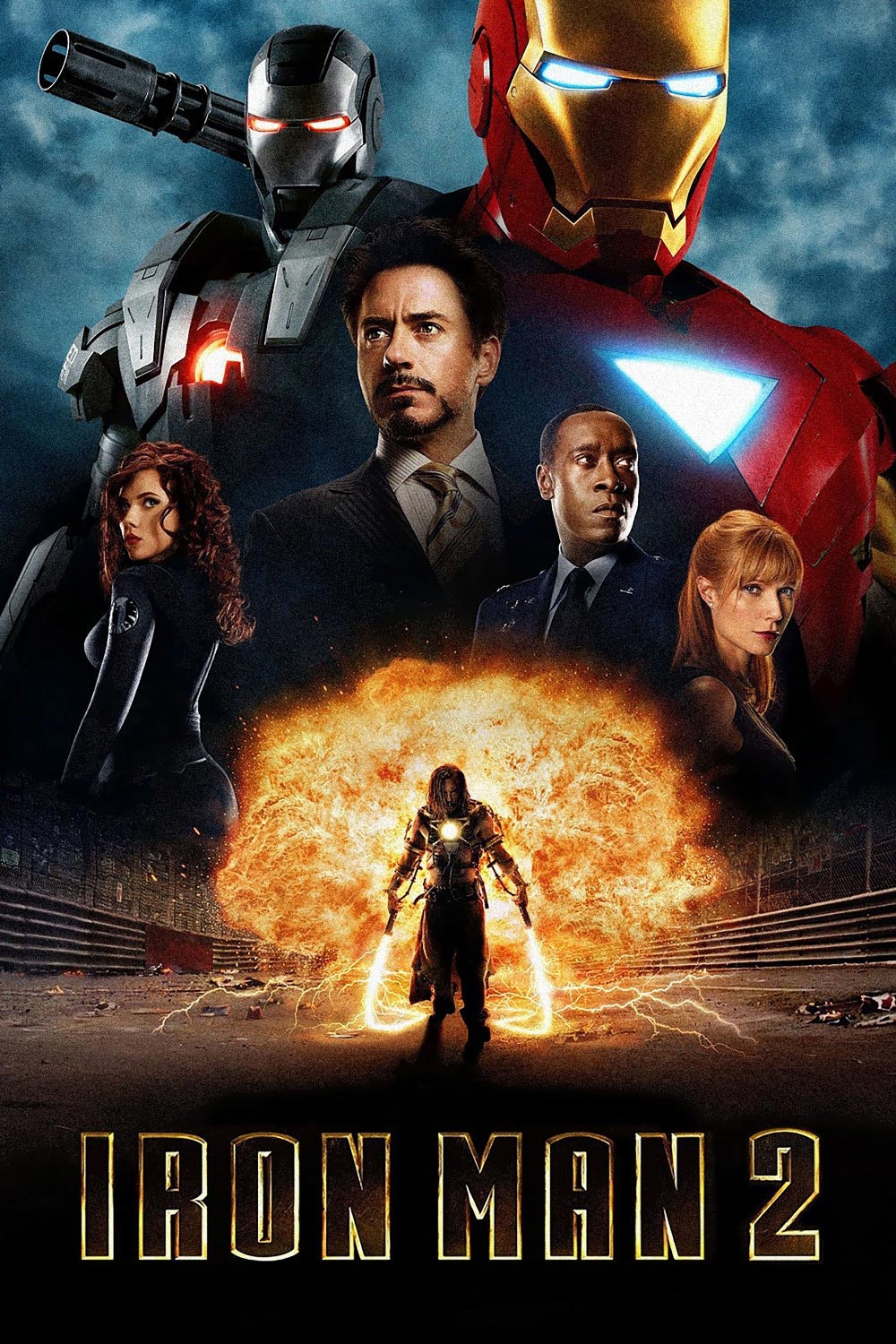Published on
Meh. That pretty much sums up how I feel about most of Marvel’s output since the Infinity Saga wrapped up in 2019 with “Avengers: Endgame“. And I’m far from the only one—”Marvel fatigue” has become a very real phenomenon. Ever since “Endgame”, the hits have been few and far between, and the misses? Well, they’re piling up. The introduction of all those Disney+ shows hasn’t helped either. What used to be an easy way to unwind has turned into a homework assignment. If you’re planning to see “Captain America: Brave New World”, you’d better carve out time to watch all eight episodes of “The Falcon and the Winter Soldier” first.
In “Captain America: Brave New World”, Sam Wilson embraces his role as the new Captain America amid global unrest. Following the election of Thaddeus Ross as President of the United States, Sam and his ally Joaquin Torres (the new Falcon) are dispatched to Oaxaca, Mexico, to thwart the illegal sale of stolen classified materials by the mercenary group Serpent, led by Sidewinder. Their mission uncovers a broader conspiracy involving the rare metal adamantium, extracted from the Celestial Tiamut, which various nations, including the U.S. and Japan, vie to control. The situation escalates when an assassination attempt on President Ross is linked to Dr. Samuel Sterns, also known as The Leader, who manipulates events through mind control.
Let’s start with the positives. First off, the runtime clocks in at under two hours, which is refreshing in an era where superhero movies routinely stretch well past that mark. It’s a welcome break from the bloat. Then there’s the addition of Harrison Ford to the MCU, stepping into the role of Thaddeus Ross. As expected, he delivers with the gravitas and screen presence he’s known for. The only concern is how long he’ll be around—he’s in his 80s now, and replacing the late William Hurt, who passed away in 2022. That said, you can bet Marvel and Disney have his facial scan archived for future use, just in case.
Anthony Mackie’s Captain America brings a grounded, human touch to the role. He’s not a super soldier—just a man in a suit, which adds vulnerability and real stakes to the action. A fight early in the film leaves you feeling every blow, and a shootout with Sidewinder actually builds some genuine tension—something that’s been sorely missing in many recent MCU entries.
The story, while not groundbreaking, is refreshingly straightforward and clearly tries to channel the spy thriller energy of “Captain America: The Winter Soldier“. The problem is, it doesn’t just borrow the tone—it lifts entire plot beats and key moments, making “Brave New World” feel less like a spiritual successor and more like a bargain-bin remix of a better film. Ironically, the one idea that is somewhat fresh—the big third-act reveal—isn’t even new; it’s recycled from 2008’s “The Incredible Hulk”. Worse still, any impact it might’ve had was completely undercut by Marvel’s own marketing, which plastered the moment across trailers and posters. And that’s when the cracks really start to show.
Throughout the movie, Ross is shown taking a mysterious medication, which at first seems like a small detail but ends up playing a key role in the final act. It’s revealed that the medication has a similar effect on him as Gamma radiation did on Bruce Banner—turning him into the Red Hulk. The transformation happens during a public meltdown at a press conference, and in a different context, it could have been a jaw-dropping, cheer-worthy moment. Unfortunately, that surprise was completely undercut by the marketing—trailers, posters, you name it. It’s “Terminator: Genisys” all over again, where a major twist was given away before anyone even bought a ticket.
The same issue crops up with the introduction of adamantium. It’s clearly meant to signal that the X-Men are just around the corner, and in theory, that should be a big deal. But we’ve already seen various mutants pop up across the MCU. “The Marvels” had Beast in a post-credits scene, “Doctor Strange in the Multiverse of Madness” brought in Professor Xavier, and the highest-grossing Marvel film of last year, “Deadpool & Wolverine“, was all about mutants—specifically the one with adamantium in his skeleton. At this point, teasing the X-Men doesn’t pack the punch it once might have. Honestly, the timing of this movie just feels off, like it’s playing catch-up in a game that’s already moved on
I’ve always had a clear picture of what Captain America represents—a man with an unshakable moral compass who, thanks to the super soldier serum, becomes a symbol of strength, leadership, and hope. In “Captain America: Brave New World”, we get a Captain America in name only. Anthony Mackie’s version may share the original’s values, but in practice, he’s still just Falcon in a repainted costume. And while Falcon works fine as a supporting character, I’ve never fully bought into the winged suit as something that can carry a solo film. It always made him feel like a second-rate Iron Man—flashy, sure, but ultimately missing the weight and versatility that made Stark’s tech compelling. The wings look cool in brief bursts on the battlefield, but stretched over an entire movie (or TV show), they just don’t hold up.
Then there’s the usual MCU homework problem. “Brave New World” expects you to have done your research. At the bare minimum, you need to have seen “The Incredible Hulk” and “Captain America: Civil War“. But to really understand where these characters are coming from, you’ve also got to have seen all six hours of “The Falcon and the Winter Soldier” from 2021. That show laid the groundwork for Sam Wilson becoming Cap, and introduced key supporting characters like the new Falcon, played by Danny Ramirez. If you skipped the show—or, like many people, simply forgot certain elements of it—it’s easy to feel lost.
This being a Marvel movie, the politics are, as usual, kept to a minimum. The heavy and important questions—like what it truly means for a Black man to take up the mantle of a symbol so tied to a country with a long and painful history of racism—are largely brushed aside. Isaiah Bradley, a character with the potential to dig deep into those complexities, is given a brief moment to raise these issues but is quickly pushed off to the sidelines. Sam, rather than engaging with any of it, just moves on. This is the same guy who gave us that infamous “You need to do better” speech in “The Falcon and the Winter Soldier”—a moment that aimed for profound and ended up feeling painfully shallow. Sam Wilson might be the most ineffective civil rights figure Marvel has ever tried to write.
What’s left is a decent enough movie with some slick action sequences and impressive special effects, but it’s far from the triumphant comeback Marvel has been chasing ever since “Endgame“. And while there’s some hope on the horizon—trailers for “Thunderbolts*” do look promising—that optimism is short-lived once you realize the checklist involved. To fully grasp what’s going on there, you’ll probably need to have seen “Black Widow”, “The Falcon and the Winter Soldier”, and who knows how many other Marvel entries. It’s becoming less about enjoying a film and more about keeping up with a sprawling cinematic syllabus.


